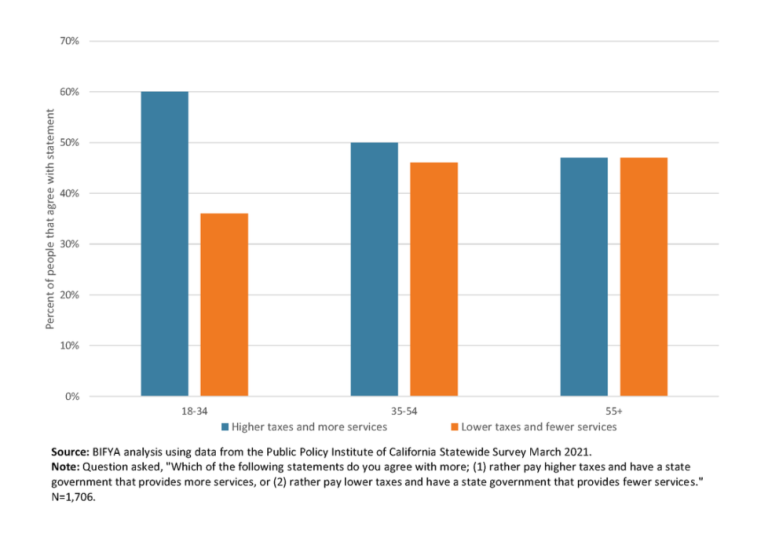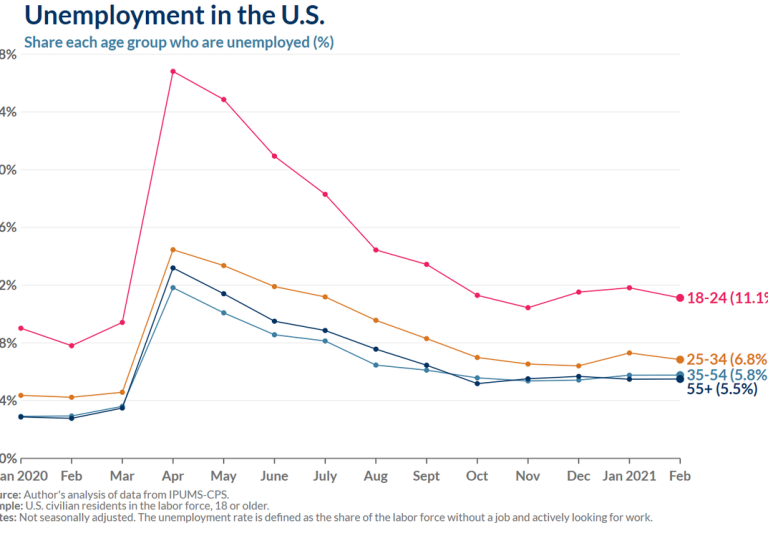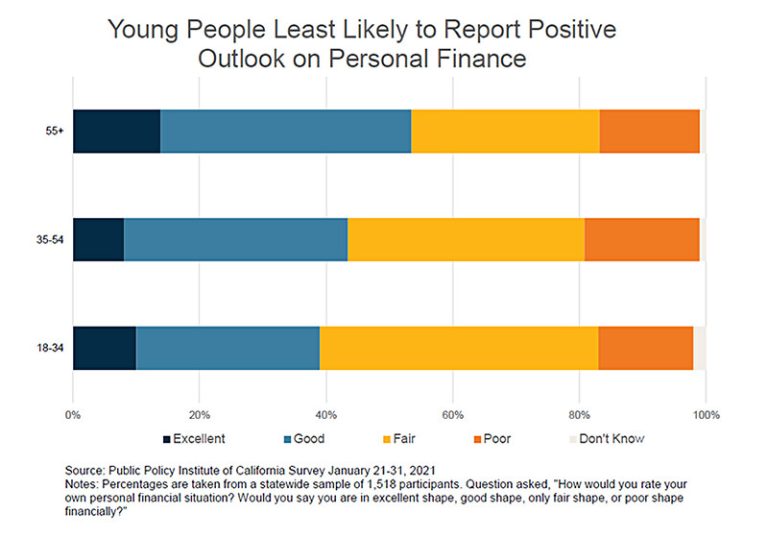Summary
The Great Recession sent shock waves through the U.S. and global economy. California—the nation’s largest state economy—was hit particularly hard. California lawmakers cut billions from K-12 schools to balance the state budget, putting hundreds of school districts ‘at-risk’ of financial insolvency over the subsequent years.
In response, California voters passed propositions that would eventually return K-12 funding to pre-recession levels. The legislature also created a new equity-based funding formula that directed more money to districts serving high-need students. While these efforts helped many school districts return to stable financial footing, some of the largest districts in the state—including Los Angeles Unified, Oakland Unified, and Sacramento Unified—are at-risk of insolvency today. With funding increases leveling off, new recession fears mounting, and districts facing state takeover if they fail to stabilize their budgets, it is imperative that we better understand school district insolvency in California.
Researchers from the Institute for Young Americans use K-12 school district financial data to understand why school districts become at-risk of insolvency, and what can be done to stabilize them.











